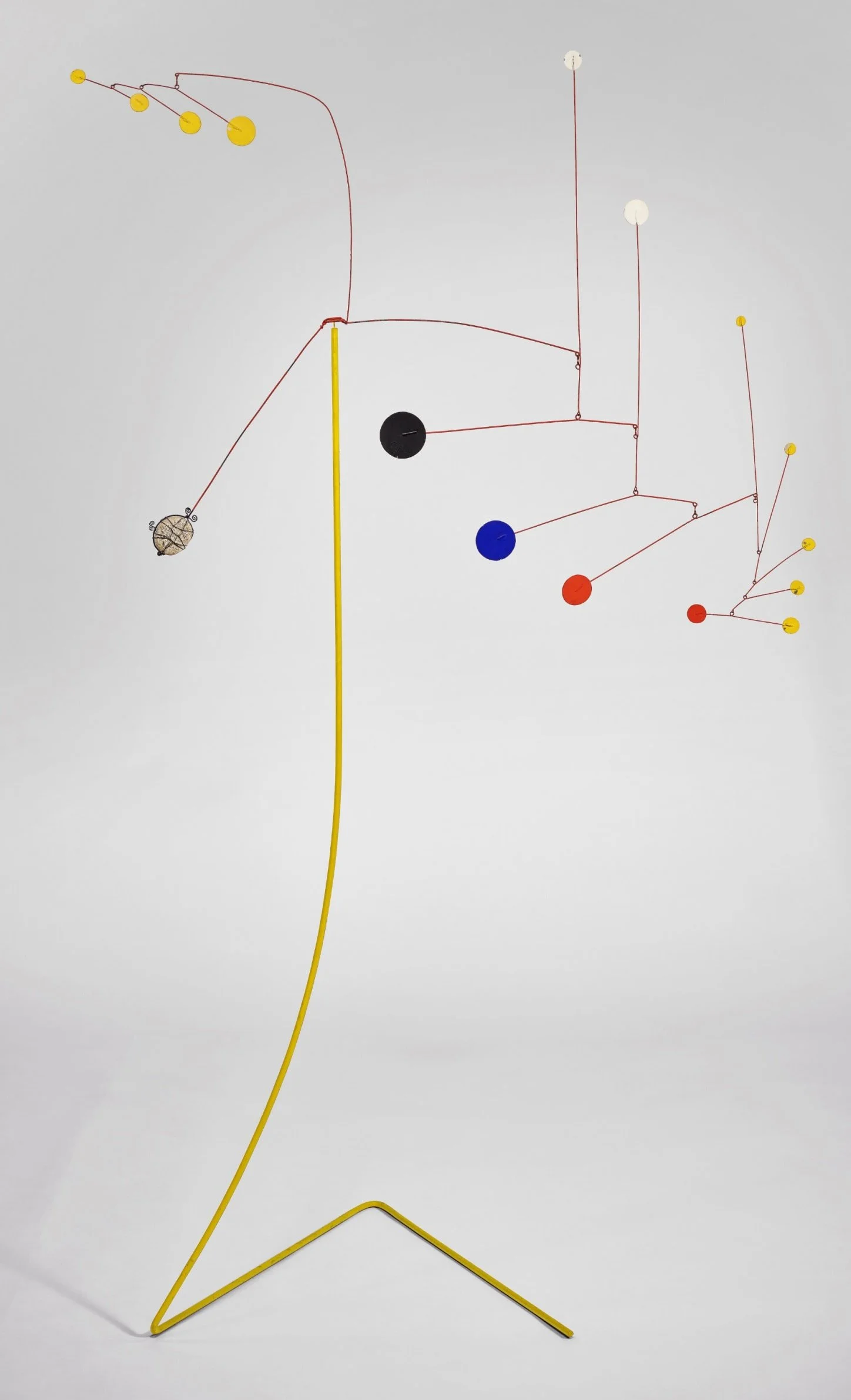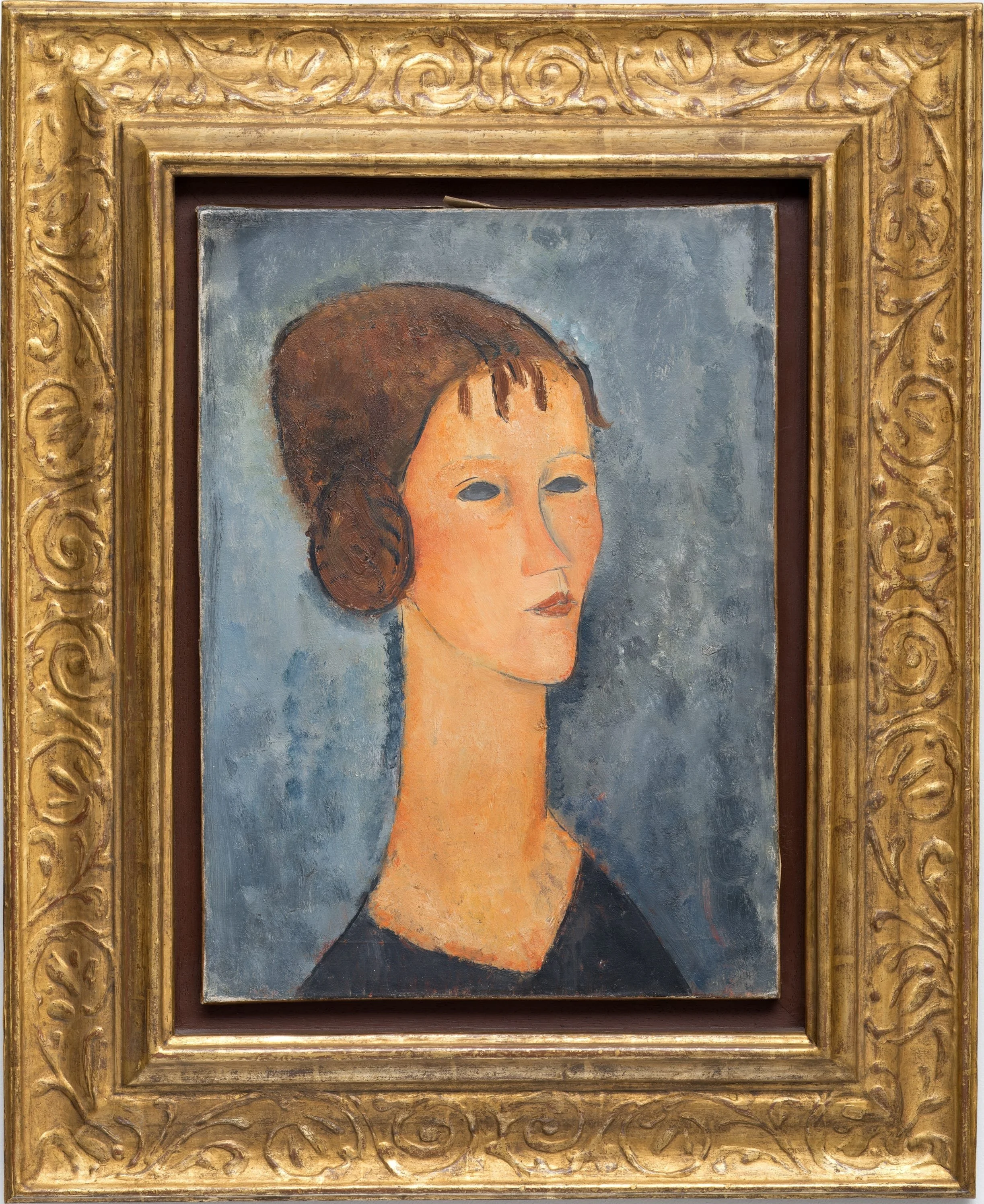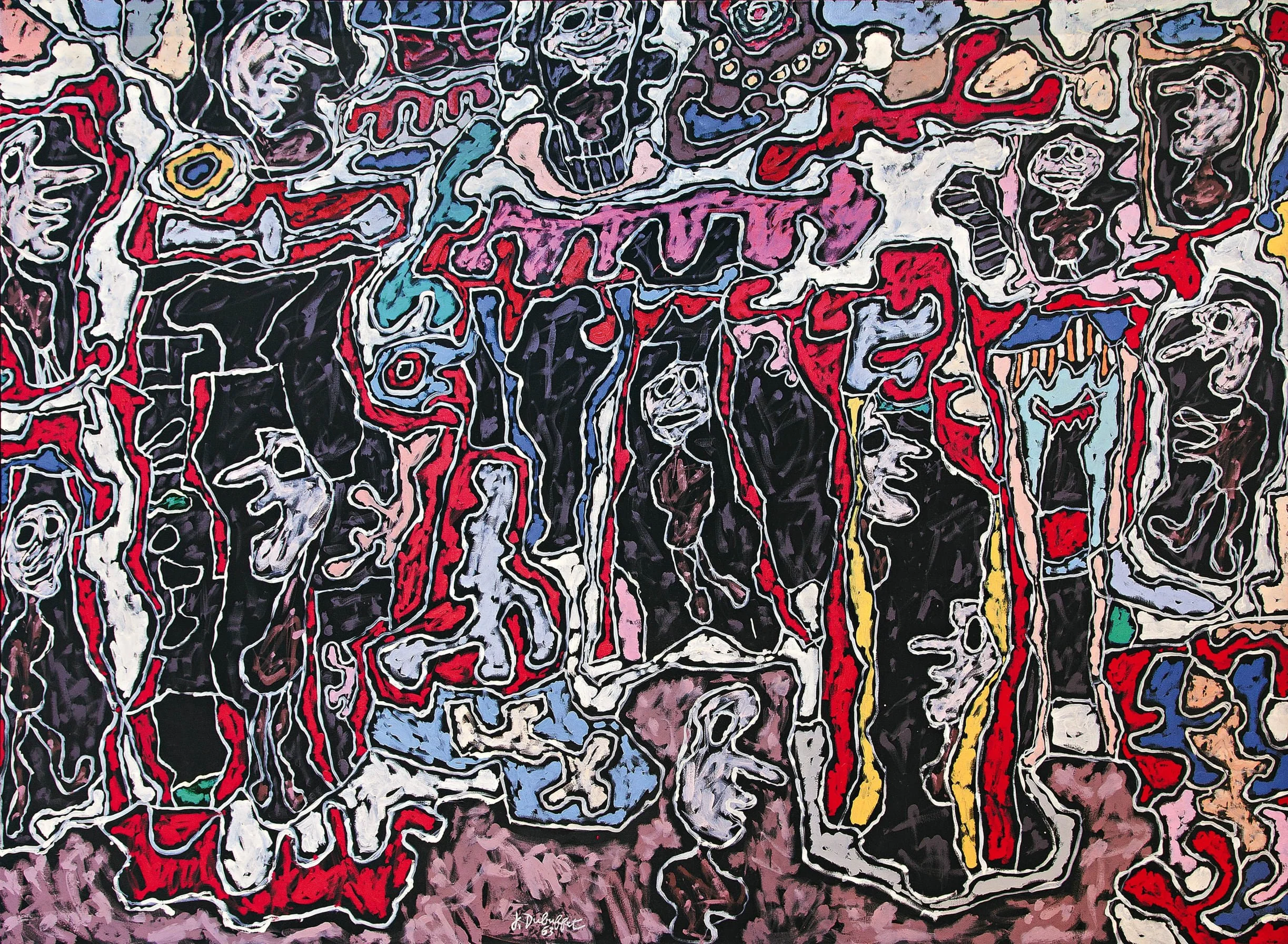Paris in Motion: Art Basel 2025
The Grand Palais will once again glow beneath its glass canopy as Art Basel Paris returns for its 2025 edition — a convergence of the contemporary, the conceptual, and the deeply human. From October 24–26, more than 200 galleries from around 40 countries will gather in the heart of Paris, transforming the city into a living, breathing gallery that bridges markets, movements, and ideas.
Now in its third year under the Art Basel umbrella, Paris+ has come into its own — no longer the city’s newest art fair, but its most cosmopolitan mirror. The 2025 edition expands in scale and ambition, balancing established blue-chip names with an influx of new and emerging galleries. For many, it represents the evolving pulse of a global art scene in flux: one that is younger, more experimental, and unafraid to blend high culture with the rawness of the everyday.
The fair’s architecture remains both literal and symbolic. Within the restored Grand Palais — all glass, iron, and light — the space becomes a metaphor for transparency and transformation. Public programs extend beyond its walls, activating the Petit Palais and other Parisian landmarks with site-specific commissions and installations that invite the city to participate, not just observe.
Outside the fair, the Paris art week ecosystem — from independent galleries in the Marais to the concurrent Design Miami/Paris — ensures the entire city hums with creative momentum. It’s a moment when art, fashion, and design blur into one continuous dialogue about form, time, and what it means to make meaning now.
While other fairs chase spectacle, Art Basel Paris feels increasingly intimate — more conversation than competition. It’s a place where collectors linger, where artists test ideas rather than market formulas, and where the French capital reasserts its historical role as both stage and studio for the avant-garde.
In a cooling global art market, the fair’s curatorial rigor and civic integration suggest a quiet confidence: that art can still shape how we see, how we connect, and how we imagine the world ahead.
As the fair unfolds, the Grand Palais becomes more than a venue — it becomes a conversation between eras. The “Masters” presentations extend this dialogue across time, tracing how the gestures of modernism continue to echo in contemporary form. Within this exchange, the language of art feels alive and porous, shaped as much by inheritance as by invention. In Paris, that dialogue finds its rhythm, not as history retold, but as a living continuum of curiosity, experimentation, and grace.
Alexander Calder, Caged Stone on Yellow Stalk (1953). A balance of motion and matter—Calder’s kinetic poetics rendered in stillness. Presented by Gladstone Gallery.
Ewa Juszkiewicz, Gloriosa, 2025. Floral, faceless, and fiercely composed — a reimagined portrait that turns beauty into disguise and presence into a quiet act of resistance.
Senga Nengudi, Reverie – Stale Mate (2014). Elastic forms suspended between tension and rest; an emblem of movement, memory, and transformation. Presented by Sprüth Magers.
Amedeo Modigliani, Portrait Study. The melancholic elegance that shaped early 20th-century modernism, anchoring the fair’s historical reach.
Jean Dubuffet, Texturologie or L’Hourloupe series work. A reminder of art’s material immediacy—texture, gesture, and raw invention.






